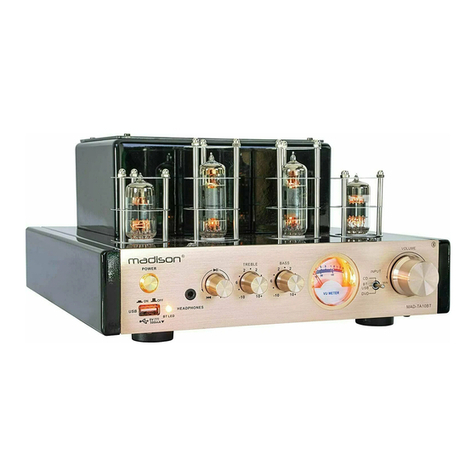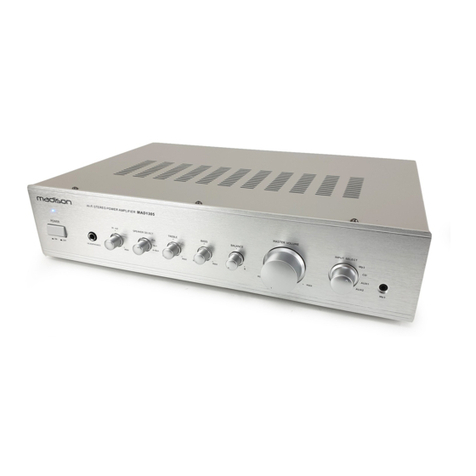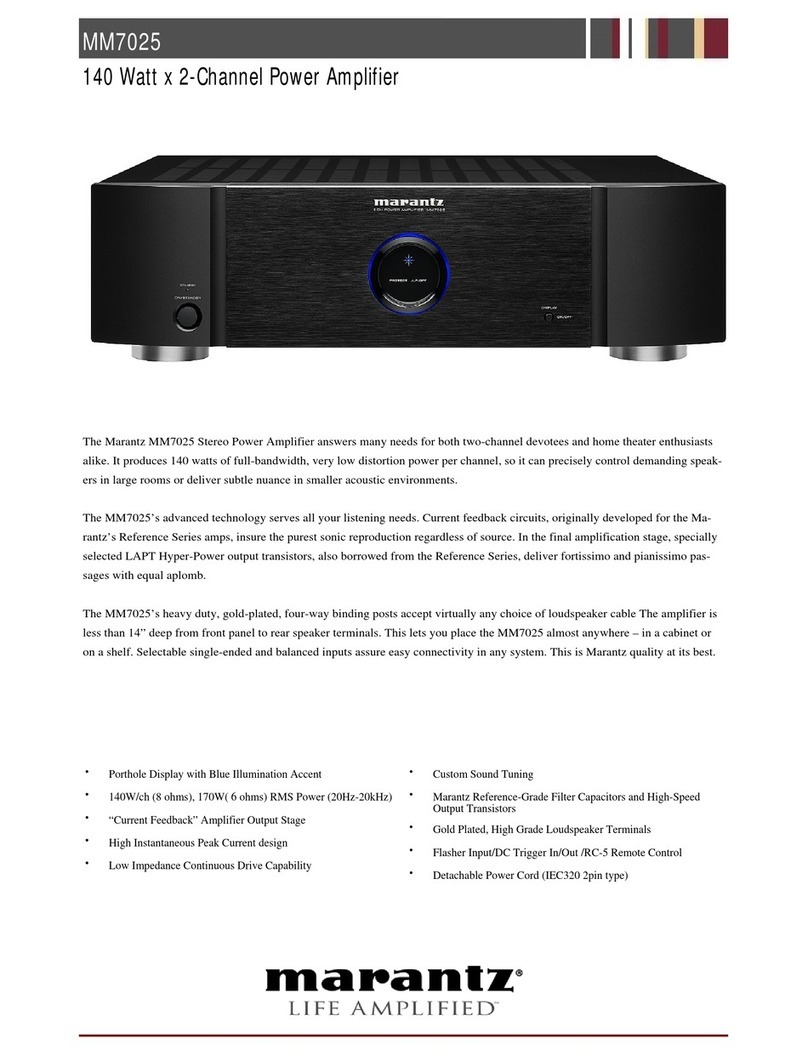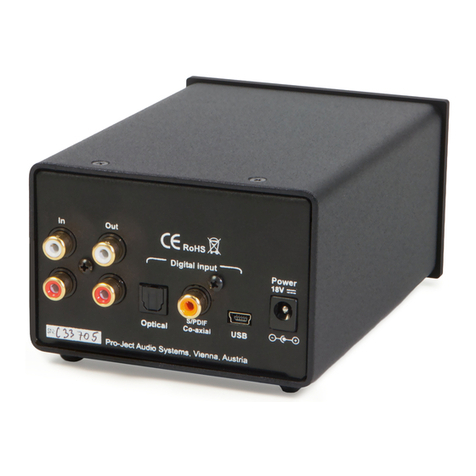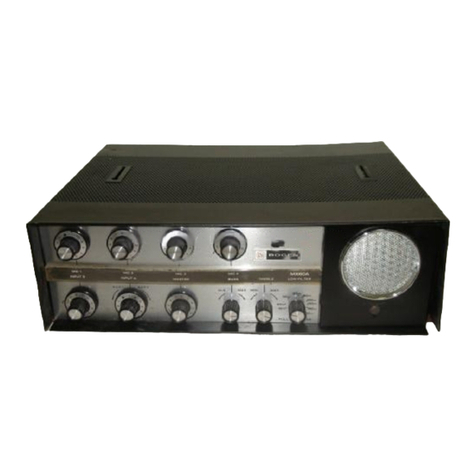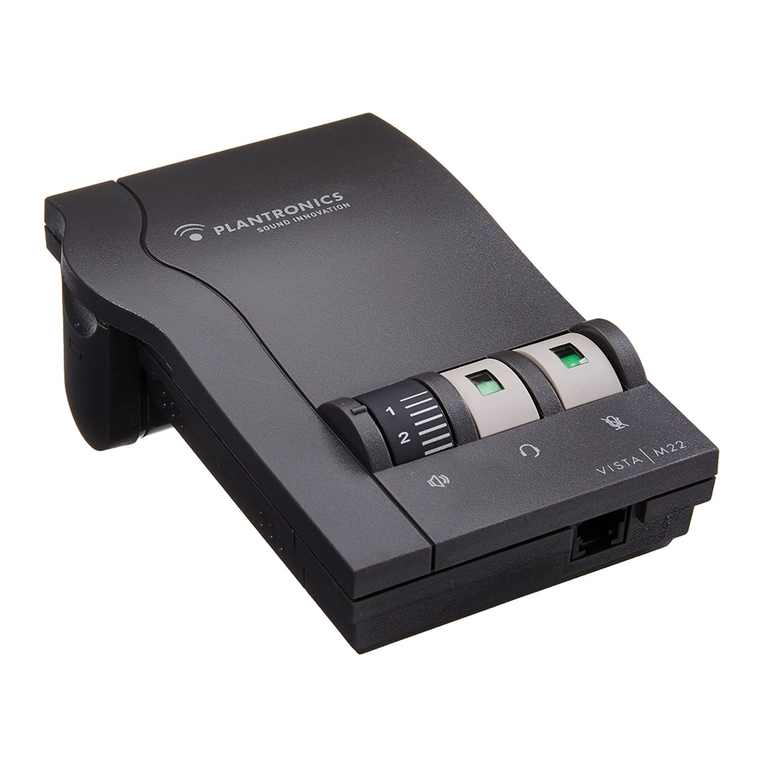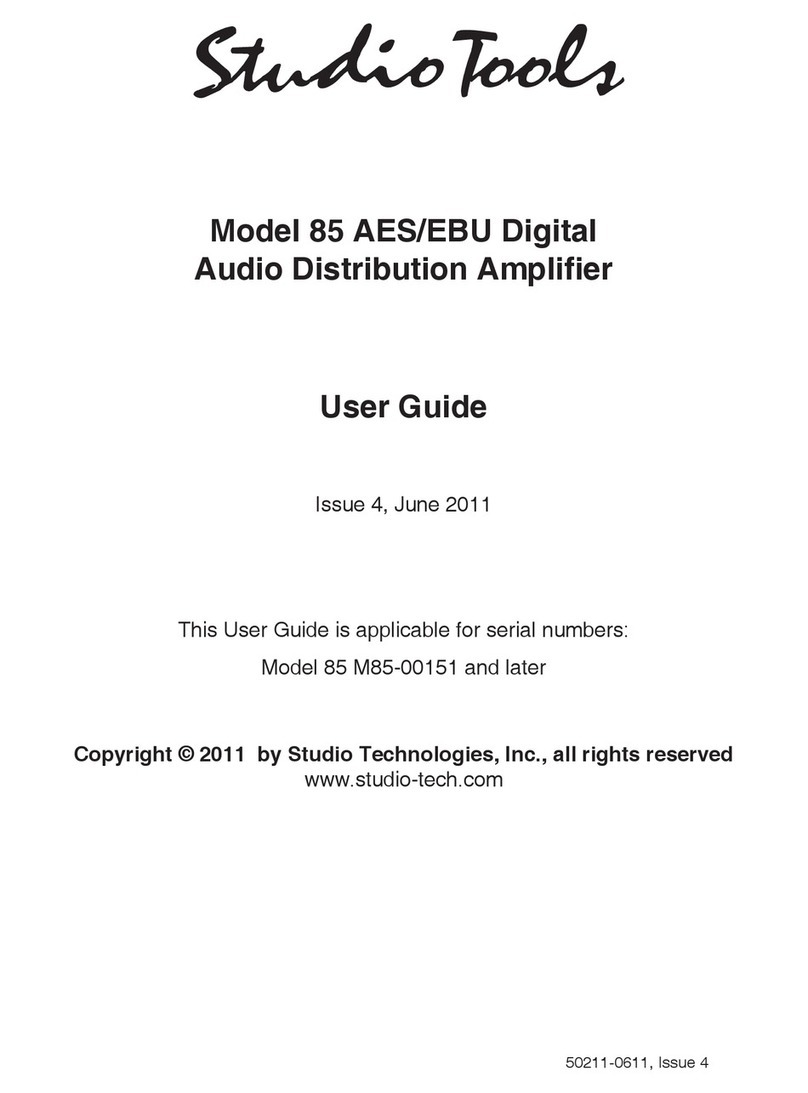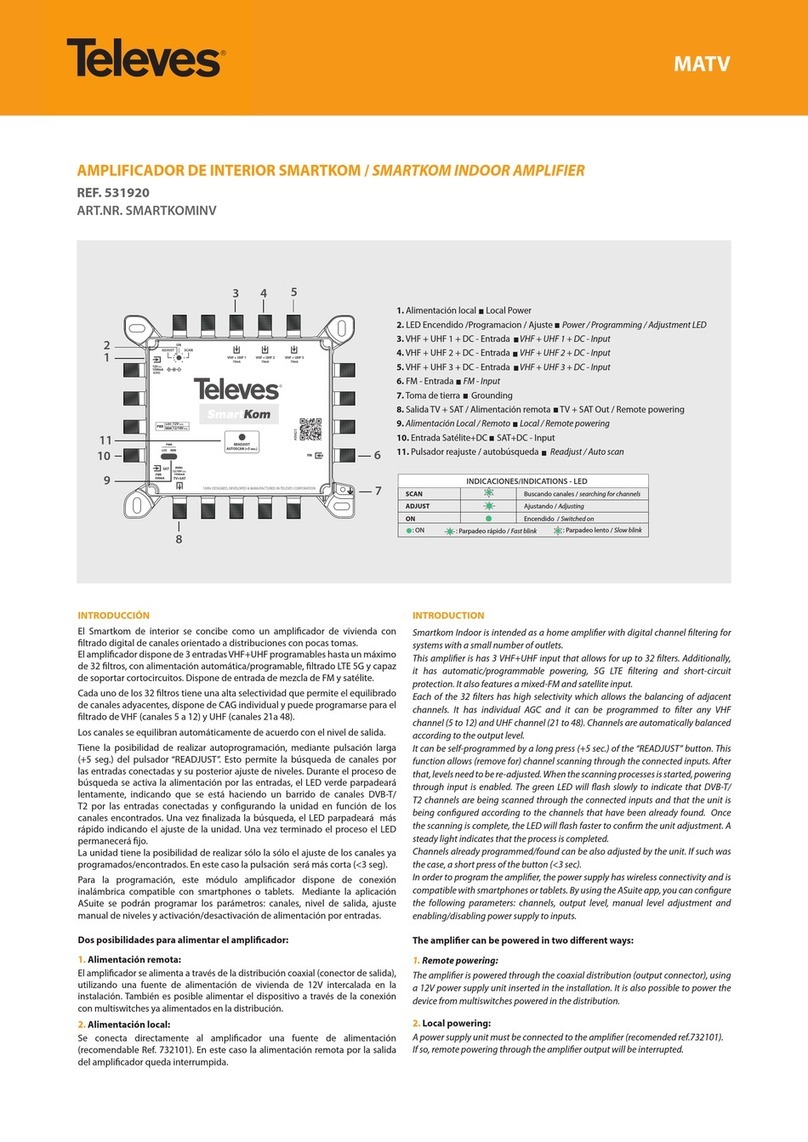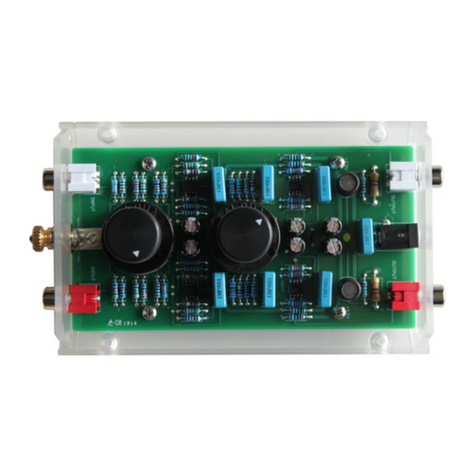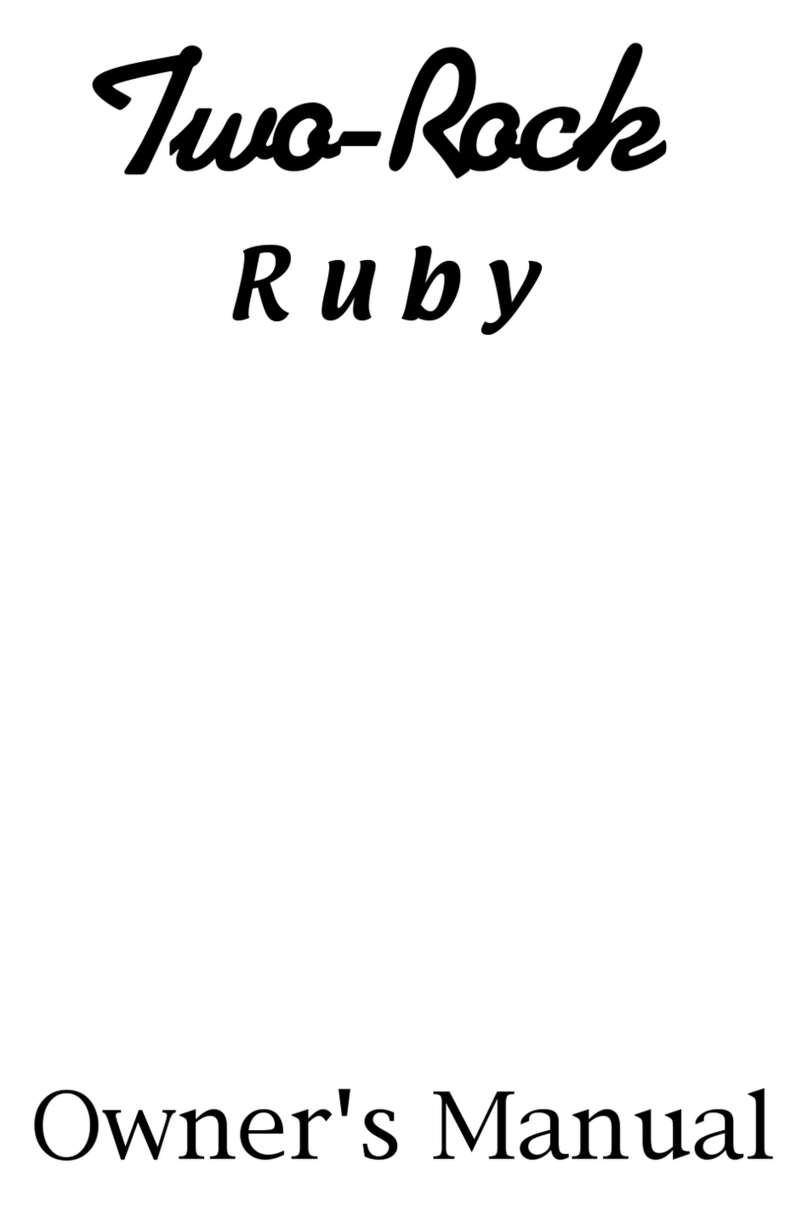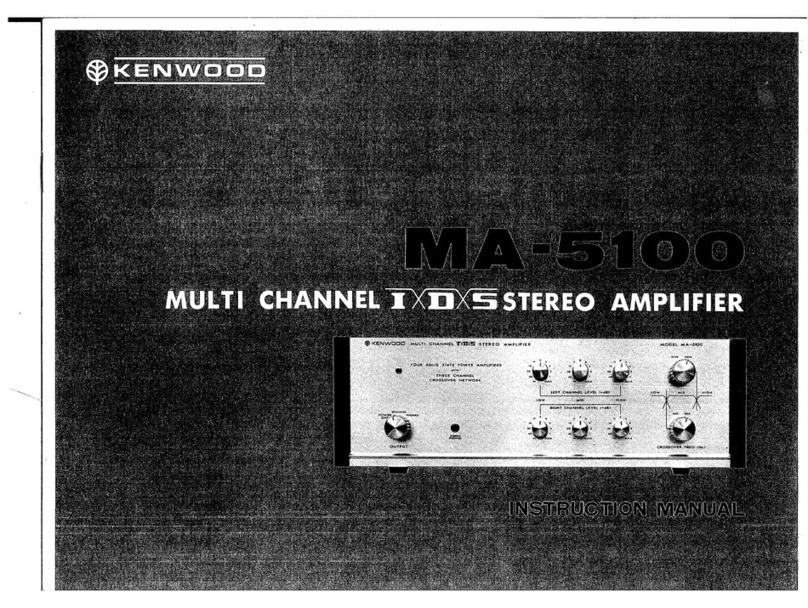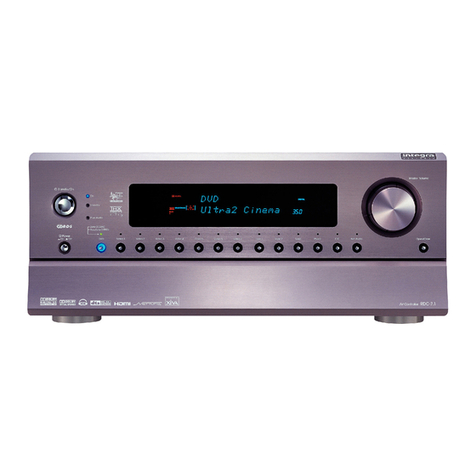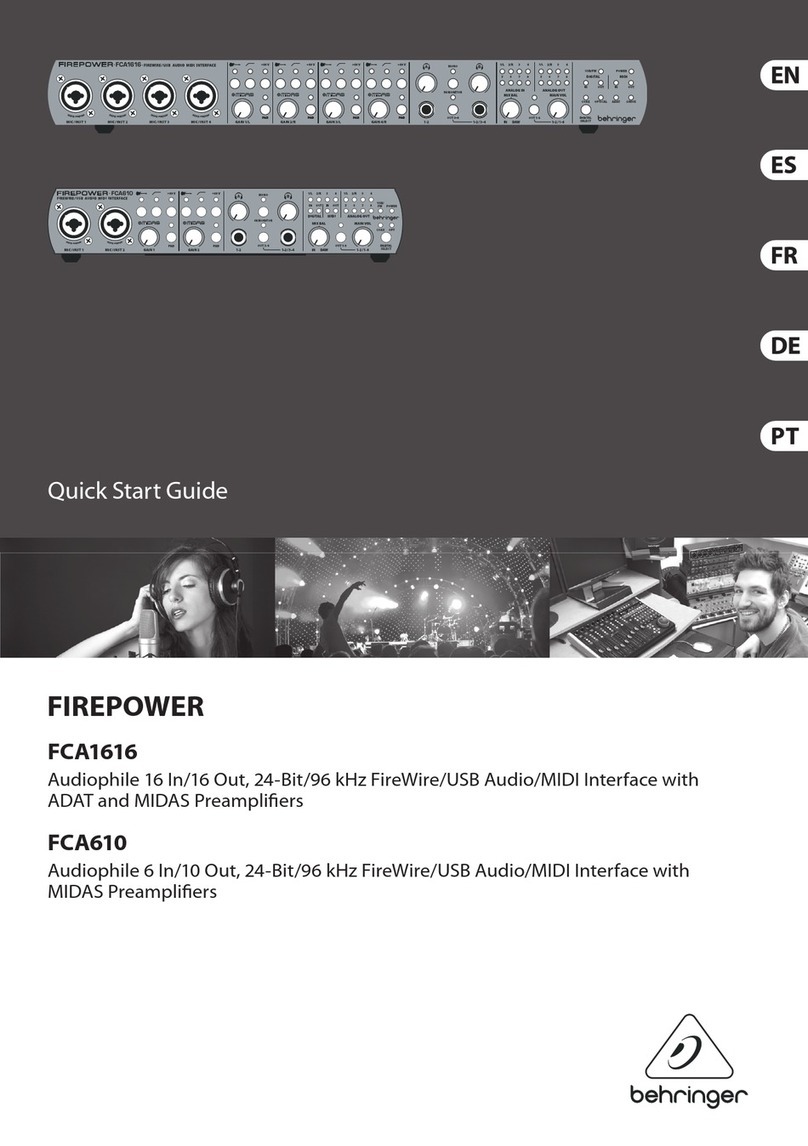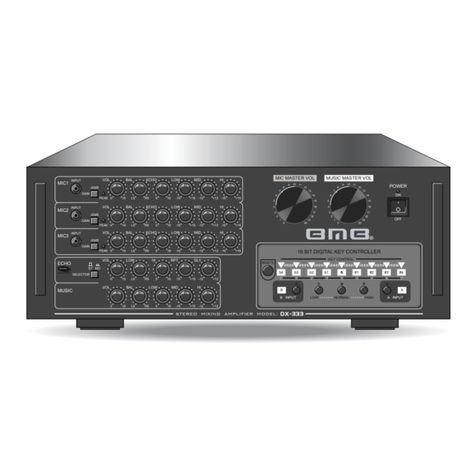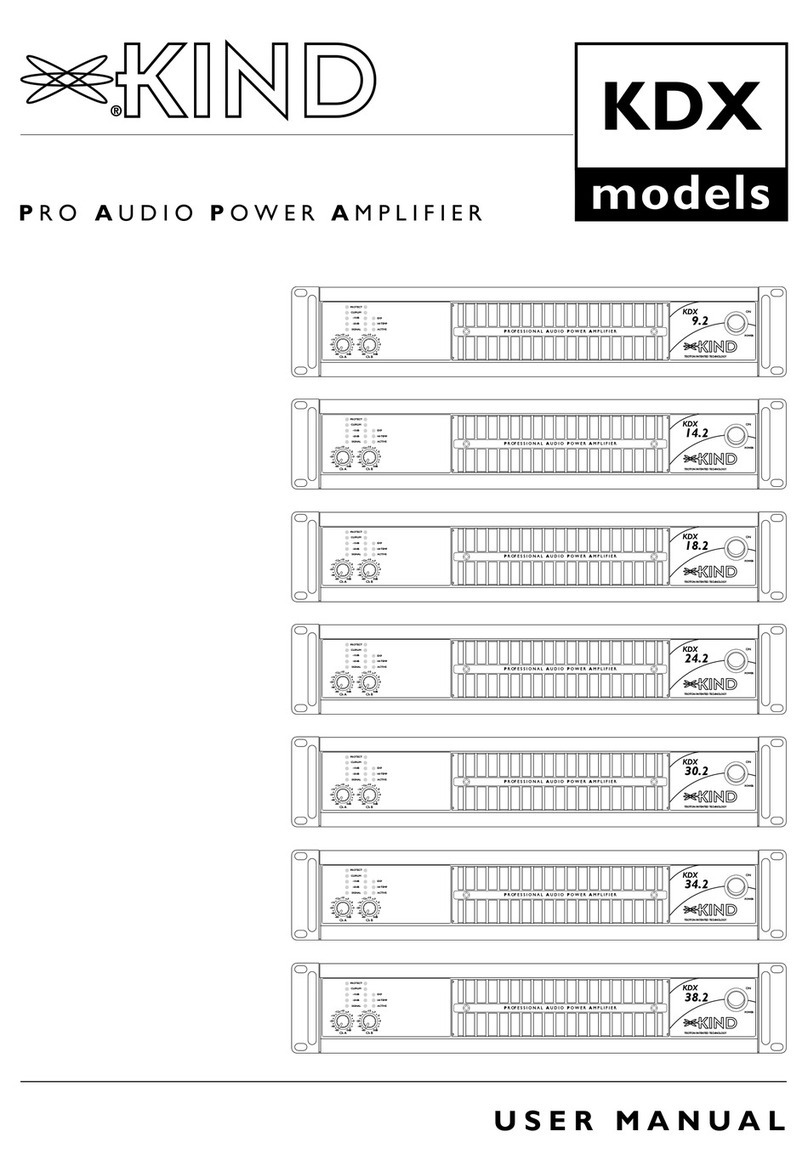Madison Divinity 12 User manual

Divinity Head and Divinity 12
CONGRADULATIONS AND THANK YOU
Congratulations, you are not going to regret the purchase of you new Madison tube amplifier. Although
simple looking, much time and thought has gone into the design of these amplifiers. They are packed with many
features that you may not know about.
Many amplifiers have little switches and extra knobs to control tonal features and little bell and whistle sound
effects. You will notice the Divinity does not have much of this. Why? Because, we spent so much time on the
tone and attack of these amplifiers, that they did not need it. Besides, why make it confusing.
With the Divinity, your best tone is in your standard 3 band EQ control. There is no need for a contour or
presence control. There is no option of tightness effects sounds. If you want an amp that sounds muddy, buy a
muddy amp. If you want tight, defined attack, you have purchased the right amp.
Thank you again for supporting our small company and being a part of the Madison family.
Enjoy your amplifier and good luck in all your musical endeavors.
SPECIFICATIONS
Power Rating
Divinity Head - 100 watt tube amplifier
Divinity 12 - 60 watt tube amplifier
Preamp Tubes
Two 12AX7 and two 12AT7
Power Tubes
Divinity Head - Four EL34 power tubes
Divinity 12 - Two EL34 power tubes
Dimensions: 27.5” x 10.5” x 10”
Weight: 55 LBS
Warranty: 3 year
MSRP: $1299
FEATURES
Twin channel high gain operation
2/3 channel operation with clean CH Boost
Effects loop
Spring reverb Heavy Tolex covering
4/8/16 ohm speaker outputs
4 pin foot switch with 20 foot cables included
Metal hardware
Packed in quality rubberized foam
CE certification
All specifications are subject to change without notice

Features and Details
Front Panel
• Master Volume
This is your main volume. You should set your channel level from 9 to 11 o’clock and use your master
volume to control your main level of sound. Practice and show volumes usually runs around 1 to 2
o’clock on the master volume for most artists.
• Reverb Level
This is your Reverb knob and it controls the amount of reverb your amp will deliver. Your foot switch
will turn this effect on or off.
• Clean Channel Level
This controls the volume for your clean channel. Set this anywhere you like but keep in mind that if you
set this volume very high at loud volumes this channel might get a little dirty. This is why it is best to
have your master volume higher than your channel volume.
• Clean Channel EQ (bass, mid, high)
This is your standard EQ control, play with it and find what you like best. Most common settings are
mid at 10 o’clock and bass and high from Noon to 2 o’clock.
• Boost Switch
This is like a tube boost in the clean channel only. It acts sort of like a low setting tube screamer giving
you a little more sustain and a little edge (distortion). It can be controlled a little more by increasing or
decreasing the clean channel volume.
• Channel Switches
The CH switches on the front panel will switch you from clean to edge or from edge 1 to edge 2.
• Edge Channel Volume
This controls the volume for your edge (distortion) channel. Set this anywhere you like. The higher you
set it, the more gain you will get out of this channel. Keep in mind that if you set this level high, you will
probably be turning down your master volume and if you want your clean channel to keep up in volume
you will have to turn it up as well and this may cause some edge in the clean channel. This is why it is
best to keep your channel volumes down around 9 to 11 o’clock and use your master for your main level
control. With your edge level on max and your channel level down low, you will have tons of distortion
available to you. Any more distortion and it will be hard for people to understand what you are playing.
Any amplifier with much more distortion than that will sound muddy.
• Edge Channel EQ
This is your standard EQ control, play with it and find what you like best. Most common settings are
Bass at around 5 o’clock, Mid from noon to 3 o’clock and High from 2 to 5 o’clock.
• Edge 1 and 2 Levels
Edge 1 is a more defined channel where mids and highs are more prevalent. Edge 2 is more focused on
bottom end, less highs and deeper low/mid bass. Edge 2 is sort of like switching your guitar to the
pickup neck position. It makes a great lead channel without harmonics involved. Great fro sweeps and
higher frequency leads.

Rear Panel
• Speaker Outputs and Ohm Selector Switch
Set the switch to 4/8ohm if you are connecting the following:
o One 4ohm cabinet OR One 8ohm cabinet OR Two 8ohm cabinets OR Two 16ohm cabinets
Set the switch to 16ohm if you are connecting the following:
o One 16ohm cabinet
There are other important details about speaker connection as well. Your Divinity is a mono tube
amplifier like most all others world wide. This means it will not run a stereo cabinet. If you have a stereo
cabinet with left and right input, do not attempt to connect two cables to one cabinet from the Divinity
head. It will do you no good at all.
Also, the speaker connectors are labeled for 4ohm, 8ohm and 16ohm. Only use the 16ohm connector is
you are running one 16ohm cabinet. Otherwise, only use the 4 and 8ohm connectors for all other
configurations mentioned above.
NOTE: Never connect or disconnect a speaker cabinet with the amplifier power on.
• Effects Loop
This is your standard effects send and return loop. Many people ask why we do not use level controls for
send and return. If you have experience with level controls, after you use our effects loop you will
probably understand why we don’t use them. We use a special circuit that neither increases or decreases
the level of the effect or tone of the amplifier. Basically speaking, there is no sacrifice in our effects
loop. It’s clean and accurate.
• Foot Switch Connectors
First and foremost it is extremely important that;
1. You do NOT connect or disconnect your foot switch cables while the amplifier powered is on.
2. Make sure you plug the proper cable into the right connector. Mixing them up on accident could be
dangerous for the amplifier or foot switch. Your cables should be marked, one is red in color and
matches the red connector. The other cable and connector is black in color.
• Power Cable and Main Fuse
The power cable is self explanatory. However there some details you may need to know about the main
fuse. First of all, to take it out you will need a regular flat head screw driver. You will push in and turn
to pop the fuse out. Now the important thing is to ONLY replace this fuse with the same value that was
in it originally. A higher value could seriously damage the amp.
There are a couple of reason why your main fuse might blow at some point in time or another.
1. Lightning or some strange electrical shock or explosion could cause it to blow and in this case, just
replace it and start jamming again, unless that strange explosion was a nuclear weapon going off, in
this case hit the closest poser over the head with your guitar, boot your amp off the stage (just so you
can finally say you did it) and then run like hell.
2. Now if for some unknown reason your main fuse blows again, only replace it with the same value
that was in it originally. If it blows right away, stop what you are doing and call Madison or an
authorized Tech.
• Bias Pots
Bias pots are located just behind the rear panel removable cover plate. Be careful, they bend in very
easily. We DO NOT recommend you adjust these pots. Only use a certified amp tech to bias your
amplifier.
• Do I need to bias my amp with new tubes?
No you do not. The bias is already set and should be good to go. Your amp comes stock with EL34 power
tubes. If you replace them with EL34 tubes you do not need to bias the amplifier. However, if you replace
them with 6L6 or other tubes you may bias the amp but, you don’t have to. The 6L6 tubes will just run a
little hotter than normal if you do not bias the amp. This is not necessarily a bad thing. You know Stevie
Ray Vaughn ran his tubes so hot he had to replace them just about every show. We have tested the Divinity
amplifier for a usage of 4 times a week at 8 hours per day for 2 years of constant use with 6L6 power tubes
without doing a bias adjustment on the amp and the tubes and the amp held up perfectly.

Care for Your Amp
List of dos and don’ts
If your touring or gigging a lot, get a head case and extend the life of your amp and tubes.
You MUST keep the top and back areas of this amplifier exposed to open air for proper ventilation.
Improper ventilation will cause serious damage to your amplifier.
Don’t set beer bottles or pop bottles or anything else liquid on top of your amplifier. Serious damage will be
caused if liquid gets onto the circuit boards or tubes.
Use a cover for your amp or put it in a head case when not in use if you can. A large amount of dirt and dust
will cause serious damage over time to your amplifier.
Don’t bang your amplifier around to much. Realize that filaments inside of tubes are very fragile and
excessive banging around can cause your tubes to fail, so handle your amplifier with care.
• How do I get more of that Loud tone from my amp at low volumes?
This is a common issue with tube amplifiers. Everyone knows, the louder you go, the better the tone and
it is so very true. You don’t need an expensive power brake or any of those fancy items. All you need is
a 500k volume pot looped through your effects send and return. Yes, you can still run all the effects you
desire. You simply run this volume pot and crank your amp’s master volume as high as you like to get
the tone your after and turn down the 500k volume pot so you can jam away in your bedroom at
extremely low volumes but have the same tone you get at a live show. Best of all, it’s totally safe and
natural.
• How do I know if I need new tubes or if I have bad tubes?
This is a bit tricky if you have bad tubes. The most common failure you might notice with power tubes
going bad or going out is a serious lack of volume or your sound just starts to fizzle out right in the
middle of playing. You will have power but no sound or limited sound. Until this happens or until you
have a couple tubes that are not lit up, you won’t need to re-tube your amp. Preamp tubes are really
tricky and many things can happen when they go out or go bad. They are also harder to tell if one is not
working or if it is, they glow very dim. The Fortunate thing about preamp tubes is that they hardly ever
go bad. They have a very long life span and since they are small, they are also more durable inside of an
amplifier compared to power tubes.
• Schematic and Block Diagram
This information is available, for the time being, only to our technicians within the Madison company.
We have spent countless hours designing this amplifier, so it is a proprietary product which we would
like to protect at all costs. If you have a tech concern or need a repair, please deal with Madison directly
or with one of our trusted and authorized dealer repair shops.

Warranty
Your Divinity comes with a 3 year limited warranty. Details for this warranty are listed here and this section
will serve as your official warranty. Fill it out and mail a copy to us to activate your warranty. Please make sure
to keep a copy of this paperwork. We need to receive your warranty information within 30 days from the date of
purchase along with a copy of your original sales receipt so we can keep you and your Amplifier on file.
What is covered
• Tubes before 90 days old
• Circuit boards defects
• Amplifier case defects
• Any defects on or in the amplifier
What is not covered
• Tubes older than 90 days
• Abuse to the product such as liquid, dirt or physical abuse
• None of your other products, personal belongings or gear attached to this amplifier are covered
• Your physical person is not covered under this warranty
Madison
516 S. Lincoln Ave
Loveland, CO 80537
Phone: 970-613-0922
Fax: 866-366-1259
Name:
Address:
Product Model:
Date of purchase:
Date received:
Phone number:
Email address:
Sign:
Date:
This manual suits for next models
1
Table of contents
Other Madison Amplifier manuals

